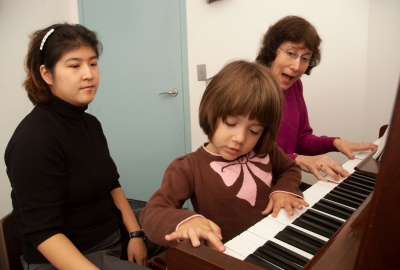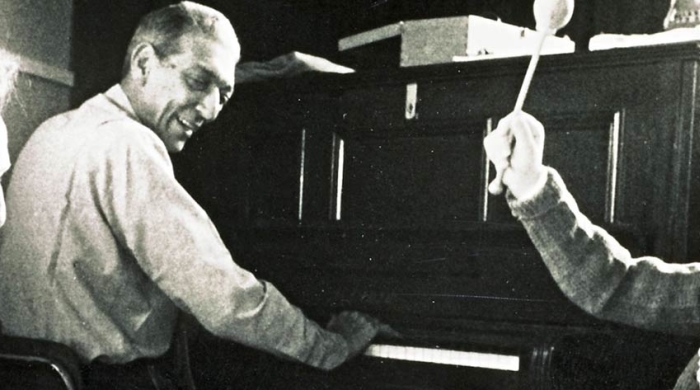
The Nordoff-Robbins approach to music therapy is based on the belief that everyone possesses a sensitivity to music that can be utilized for personal growth and development. In this form of treatment, clients take an active role in creating music together with their therapists. At Nordoff-Robbins, we make music with people, not for them. Our approach is based on techniques that allow even the most disabled clients to become active and successful participants. Through this interaction therapists support and enhance the clients' expressive skills and their ability to relate to others.
Our therapists work with a broad range of people, including autistic children and adults, individuals under psychiatric care, self-referred adults seeking a creative approach to emotional difficulties or personal development, individuals with medical problems, and those in geriatric care. Therapists use a variety of conventional and specialized instruments and clients do not need to have prior musical skill or training.
First developed by Dr. Paul Nordoff and Dr. Clive Robbins, this approach is now practiced by hundreds of therapists internationally. Nordoff-Robbins facilities are located in Australia, England, Germany, Great Britain, Japan, Korea, Scotland, and the United States. In all of its forms, the practice is both artistic and scientific: artistic in the creativity and aesthetic sensitivity with which therapists create music to meet individual client needs; scientific in the thoroughness with which the video recording of each session is studied and documented to effect ongoing assessment and treatment planning.
History
Nordoff-Robbins Music Therapy results from the pioneering teamwork over seventeen years of Paul Nordoff and Clive Robbins.
Developments
In the mid 1970s, following the passing of Paul Nordoff, Clive Robbins took up the work with his wife, Carol Robbins. Together they pioneered a new application of the approach in their work with hearing-impaired individuals.


